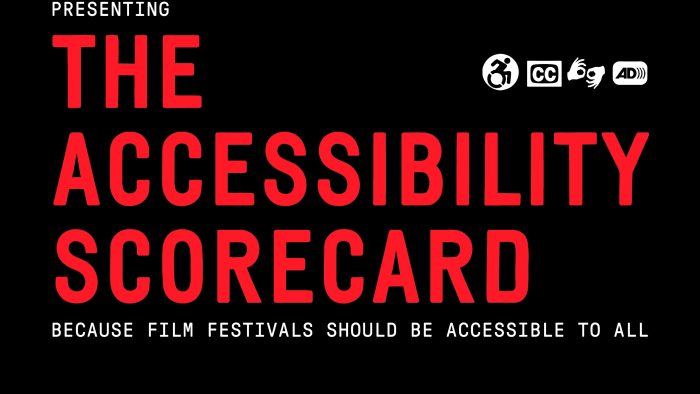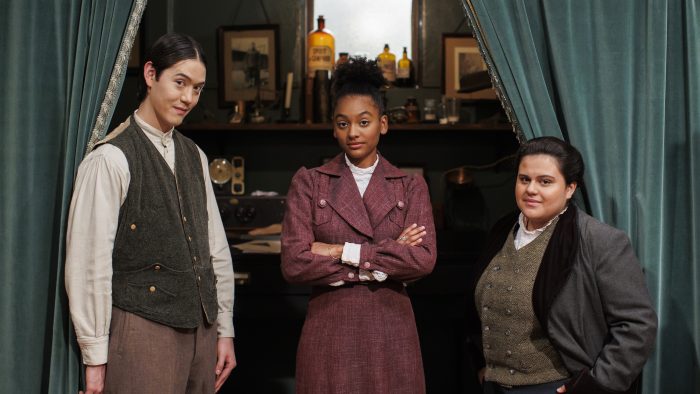Is YouTube the new TV?
From long-form series to shorts and podcasts, Canadian creators are taking advantage of YouTube’s global reach to own their IP, grow loyal audiences and contribute to a format that’s rivalling traditional television.
Canadian creators are redefining television on YouTube, leveraging the platform’s global reach to build independent scripted series.
Right now, according to the platform, more than 45,000 Canadian creators are monetizing their content through the YouTube Partner Program, which shares ad revenue with channels that meet its eligibility thresholds.
- Read more: Verticals on the rise
B.C.-based filmmaker Robert Randall knows what it takes to turn a YouTube channel into a sustainable scripted brand. His channel, YAP TV (it stands for the Young Actors Project), has nearly 2-million subscribers and has grown without traditional marketing.
Early projects like Thirteen, Wonderland High and Cheerleaders in the Chess Club built an evergreen library that drew consistent views. But the real inflection point came in 2017 with The Girl Without a Phone - A Cinderella Story. The short film hit 10-million views in its first week and now sits at more than 121-million views, making it one of the most popular English-language scripted shorts on YouTube.
That success spawned a full Girl Without a Phone series, creating a feedback loop Randall calls his “flywheel” — loyal viewers return for new installments, while YouTube’s recommendation engine introduces the series to new audiences. He also gets valuable analytics from the platform.

“Whenever I have a kiss in one of my movies, there’s a bump in the watch timeline,” he says. “People rewind to watch it again. That tells me what they love, and I can build that into future scripts.”
Ownership and Independence
For Canadian producers, sharing content on social media comes with two common worries: cannibalizing existing audiences — for example, a network losing audience members to YouTube by posting content in both places; and "building on rented land," meaning you don’t own the platform as you would with your own website.
Andrew Peterson, head of Canada at YouTube, responds that creators retain full ownership of their intellectual property. This non-exclusive model allows creators to own their IP, maximize its value across multiple distribution channels, and keep both the revenue and valuable audience data it generates.
In an interview on The Media Odyssey podcast this past April, Paul McGrath, CBC’s Senior Director, Entertainment Strategy and Audience Development, supported Peterson’s position when he said that increasing the content they offered on YouTube boosted, rather than cannibalized, viewership on CBC Gem. YouTube also became a gateway to younger audiences and provided a “triple threat” of benefits. “It allows you to reach new audiences that are often younger, it allows you to publish content on the platform that also correlates to viewership on your streaming service, and it allows you new revenue,” explained McGrath.
Regarding cannibalisation, Peterson cites Nielsen data about YouTube’s role in discoverability. "Forty-nine percent of Canadian viewers discover new TV shows via YouTube,” he says. “Interestingly, 31 percent subscribe to streaming platforms after engaging with content on YouTube.”
Multi-Format Content Experiences
YouTube’s audience has a robust appetite for multi-format content, from short films to traditional video on demand (VOD), podcasts and live streaming.
According to Peterson, the short films in YouTube’s “Shorts” section primarily function as "lightweight discovery drivers," enticing viewers who subsequently engage deeper with long-form VOD.
YouTube is also Canada’s most popular place to consume podcasts. Viewers can watch video versions of pods they’d otherwise consume as audio-only on platforms like Apple Podcasts or Spotify, adding another layer to viewer engagement.
And while some Canadian podcasts, like Someone Knows Something, have been optioned for TV but have yet to make it there, U.S. hits like Wondery’s Dirty John and Gimlet Media’s Homecoming — both available on YouTube and both turned into TV series — prove the model can work. For Canadian producers, YouTube could be the bridge that turns podcast IP into screen-ready projects.
“Canadians increasingly expect multi-format experiences,” Peterson explains. “They might watch shorts commuting, stream podcasts heading home and then settle into their living room for long-form content.”
The living room screen, notably, has become YouTube's fastest-growing segment in Canada, according to Peterson.
Building a Sustainable Revenue Stream
Creators entering YouTube’s Partner Program — which is earned based on subscribers (you need 1,000) and watch hours (4,000 in the last 12 months) — enjoy a 55 percent share of revenue from ads and have access to a growing suite of monetization tools. Over the three-year period from 2021 to 2023, YouTube paid more than $70 billion (US) to creators globally. Canada-specific numbers were not made available.
That’s in contrast to TikTok or Instagram, which currently offer limited or no direct monetization programs for Canadian creators. This difference in earning potential is one reason many Canadian creators prioritize YouTube as their main platform.



